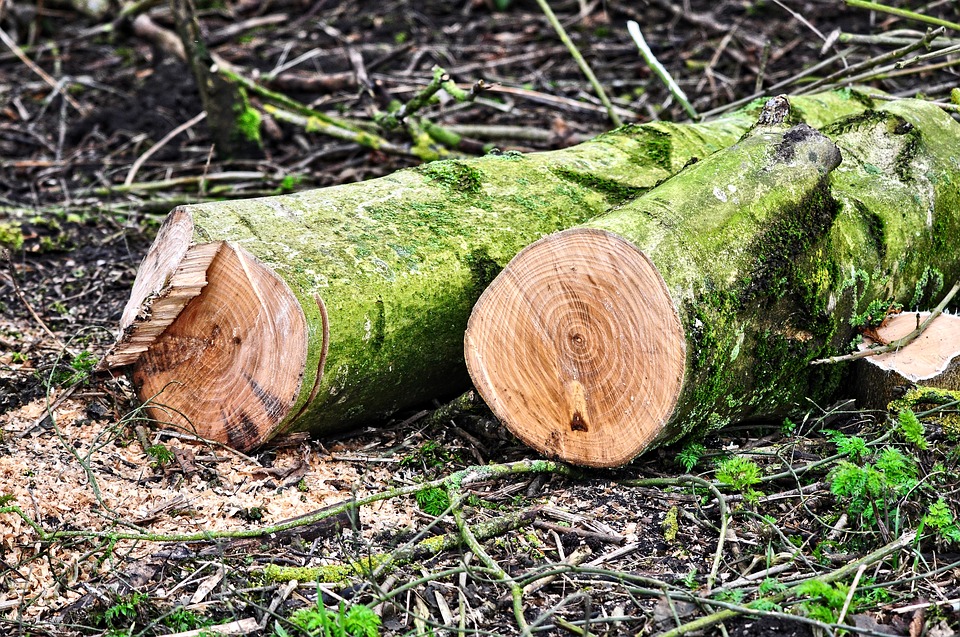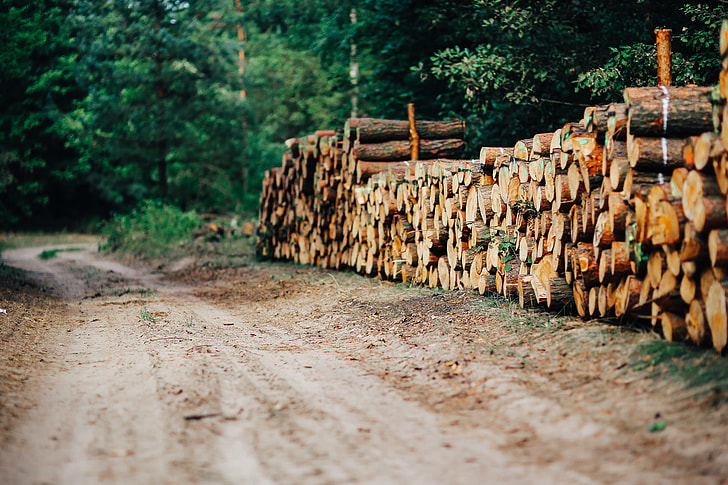A mentality guide to identify the good quality wood( expensive or more “common” one) , no matter how experienced you are concerning the wood , is always a viral question among woodworkers . .
Woodworking knowledge is Endless .
If you hear someone to tell you that he knows everything for the wood and the woodworking activity , i suppose he’s exaggerating a little(!) . Nobody can claim for himself that he knows everything for this living earth’s material , which is wood .
Even the wood scientists and the professors in the universities , who teach the wood science , accept that they are always learning new stuff . One of he factors which makes our hobby so interesting , is this continuous “knowledge moving” and evolution .

Wood “planet” is a colossal interesting “planet” .
The wood “planet” is an amazing planet and there are so many types and qualities of wood , to choose for your woodworking projects .
Different types of wood , different properties , different uses for different plans , different wood parts from even the same tree .

The Factors which affect the quality of wood , are “countless” .
The place the tree has grown , the quality of the soil , the climate circumstances , the quality of the weather in general , the hours of the sunlight , the strength of the sunlight , the moisture , the bugs , the trace elements which “feed” the tree , are some of the “countless” factors , which affect the wood’s quality .
If you want make a choice of a very nice quality’s wood , you must avoid as much as you can the “errors” of the wood and try to eliminate the posibilities of a bad choice . Of course this is a very tough “job” , for a very simple reason .
You cannot see inside the wood , to its core and “heart” and you can only touch it , smell it , knock and hear it , lift it and stuff like that . But even having this few “weapons” , i’ll tell you some very nice tips , to help you avoid “surpises” .
And these “surprises” , when you buy a big amount of wood to make your wood projects , may be very “pocket painful” .

Guide to identify good Quality wood :
1) The Fewer Knobs the better .
Your wood log , piece or whatever must have , small and as much fewer knobs . Many and “dead” knobs in a tree log is avery serious error , because the woodworker cannot shape the wood piece with the easiness he wants . The knob makes the tree “waters”- grain , awry .

The knobs are the roots of the tree created tree branches , and because the branch grows slower than the rest of the tree , the knob is more tough than the rest of the tree trunk . So as a general “lighthouse” , try your wood to have as fewer knobs as possible .

2) The Fewer Cracks , the better .
Try your wood , to have the fewest cracks and if it has some these shouldn’t be very deep inside the trunk . In the sawn tree logs , the inside “heart” of the tree must not have any cracks at all .
The wood inside and in such a depth must be very “clear” , without any “wounds” and cracks from the cold weather .

3) The Sound of Wood show its “health” .
Take a small hammer or something and hit the tree you want to get . If it “sounds dry” , your wood is well dried and in “shape” . If the sound of the hit is “hollow” , the tree we take this piece , was an old tree . If the sound is kind of “heavy” and deep , the tree is possible green and it needs dry out .
4) The Wood’s Smell , says many for its “health” .
The wood’s smell must be very pleasant to our nose and not a rotten smell . If you get close and the smell you’ll recieve is bad , rotten and not the pleasant of a well dried wood , but “healthy” tree , this is not good .
I’m sure that you know and can identify the smell of mold and yes it’s not good your wood to have it . Avoid to proceed to the wood’s purchase , or ask for more information from the salesmen/women .

5) The Flexibility of Wood .
If your future wood piece is a piece you can hold , take it in your hands and try to bend it . It should “allow” your benting efforts without problem . Your wood should have elasticity and you should feel it in your arms , well dried , but fresh .
6) The Color of Wood .
Zero “rotten color” and only “fresh & alive” color , is allowed in here . The several tree bugs and bacteria are entering the tree inside and they “eat” its vital substances .
This make the entire tree rotten and this is bad . The colors a rotten tree has , are many . The trees which have rotten themes , have green – blue – black colors .
The oak’s rotten wood color is reddish or having reddish spots . The “soft” trees are more vulnerable to the rotting because they have more juices inside them , but all wood types can be rotten .
You should avoid the rotten wood pieces , because there aren’t good enough to make your wood plans and you’ll have problems in the future for sure .
7) The Heart – Core of wood , should be centered in the Middle .
The “heart” , the core of the wood must be in the middle and not eccentric – unilateral to one side of the tree . If the “heart” of the tree is not in the middle of the wood , it’s a major error and you cannot do anything for this .
The tree – log is problematic from its birth and avoid it . Remember the best wood pieces for wood projects are taken from the “heart” and near the tree trunk’s “heart” – core .

8) The Grain – “Waters” , of wood .
The tree grain – “waters”- fibers , should be as straight as possible and not twisted . The wood’s grain , gives to the wood the beautifulness and makes your plans impressive , when you finishing your wood with wood oil , or whatever else you choose for finishing .
Check these oils and other natural finishing suggestions i’ve picked for you , in HERE .
If you also protect your wood using the Shou Sugi Ban method , and then you paint the wood with finishing oil , the straight beautiful shaped grain is a must .

9) No External “wounds” are allowed in our wood .
Your future beloved wood piece should not have any external “wounds” on it . These “wounds” often exist from the transfer methods and the packaging .
Even a tiny and random scar on the peel of the wood , leaves marks on it and you also should be very careful to notice any packaging wires . These wires can do big damage on the outside of the tree because they “struggle” it and warp its “waters” .

Take a general Look and ask Questions about your wood .
After the checking of all the above parameters and mentality , you should take a general look to the place , the wood was stored . Is there enough air to make the drying process easy and correct ? How and with what way , the wood is stacked ?
Is the air enough around – inside – up and down of these stacks ? Are you smelling mold in the warehouse , generally ?
Try to see the professionalism of the place you’re about to supply your logs and wood . Don’t hesitate to ask whatever it comes in your mind and check the reactions of the salesmen/women .

If your purchase gives you wood Happiness , proceed .
If you are satisfied and the price is inside your programming , buy it and begin to “shaprening” your woodworking tools , for your wood plans .
Keep Woodworking .
